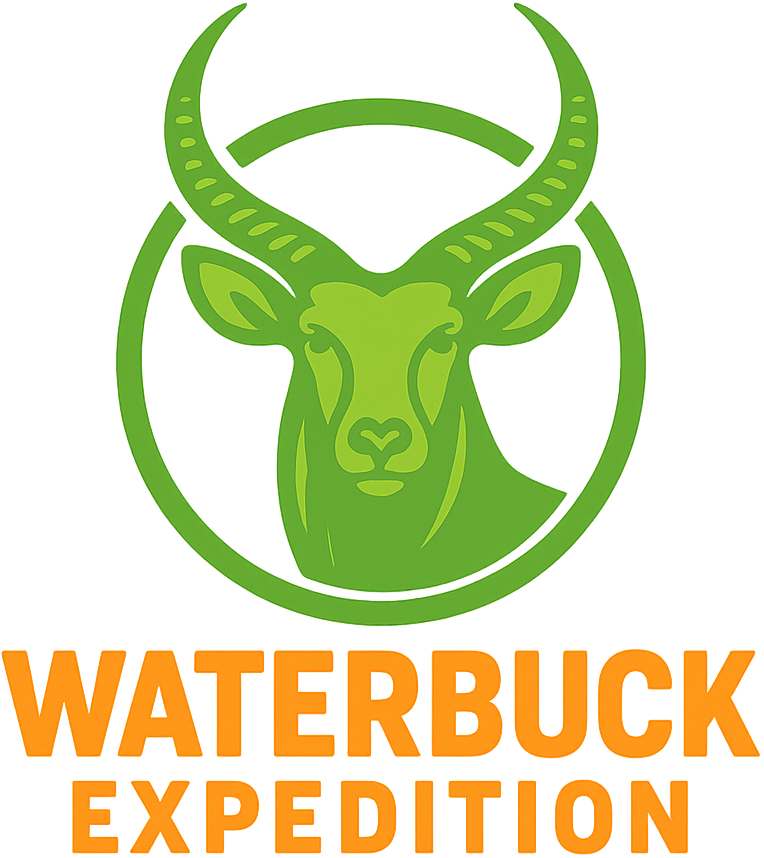Frequently Asked Questions
1. What is the best time to visit Tanzania for safaris or climbing Kilimanjaro?
The best time is during the dry season (June to October), ideal for wildlife safaris and trekking. January to early March is also great for Kilimanjaro climbs with clearer skies.
2. Will I see the Big Five on safari in Tanzania?
Yes. Serengeti and Ngorongoro Crater offer excellent chances to see lion, leopard, elephant, buffalo, and rhino — all in one trip.
3. Which route should I take to climb Mount Kilimanjaro?
Popular and scenic routes include Machame and Lemosho. Marangu is shorter but less scenic. Lemosho offers better acclimatization and fewer crowds.
4. Do I need a guide to trek Mount Kilimanjaro?
Yes, guides are mandatory by law. We provide certified guides, porters, and cooks to ensure safety and support throughout your climb.
5. What should I pack for a Tanzania trip?
Bring neutral safari clothing, layers for Kilimanjaro, sturdy walking shoes, a sunhat, sunscreen, and insect repellent. For cultural visits, include modest clothing.
6. Is it safe to travel in Tanzania?
Tanzania is one of the safest destinations in Africa for tourists. Our guides prioritize your safety at all times, whether on safari, mountain, or in cultural villages.
7. Can I combine a safari, Kilimanjaro climb, and Zanzibar beach holiday?
Absolutely. Many travelers enjoy a multi-part adventure: first a Kilimanjaro climb, followed by a safari, and relaxing days in Zanzibar.
8. What languages do people speak in Tanzania?
Swahili is the national language, and English is widely spoken in tourism. Learning simple Swahili greetings like “Jambo” (hello) is appreciated by locals.
9. What is the food like during safari or mountain trekking?
On safari, expect hearty meals with local and international dishes. During Kilimanjaro climbs, our cooks prepare energy-rich meals to keep you fueled for the trek.
10. What cultural experiences can I have in Tanzania?
We offer visits to Maasai villages, Chagga coffee farms, and local markets. These are guided respectfully to support local communities and traditions.
11. Is altitude sickness a concern on Kilimanjaro?
Yes, but going slow, staying hydrated, and choosing longer routes like Lemosho or Northern Circuit can improve acclimatization and reduce risk.
12. What should I wear during cultural village tours?
Dress modestly: cover shoulders and knees. Light, breathable clothing is best. We’ll guide you on local customs to ensure respectful interaction.
13. Do I need to be very fit to climb Kilimanjaro?
You don’t need to be an athlete, but good fitness and mental endurance help. Training with long walks, hikes, and elevation is recommended.
14. Can I use credit cards or should I carry cash?
In cities and hotels, credit cards are accepted, but cash is needed for local purchases, tips, or in rural areas. Tanzanian shillings are the local currency.
15. How do I book a tour with Waterbuck Expedition?
Contact us through our website or booking form. We'll help you design a personalized itinerary — from safaris to treks and cultural add-ons.
